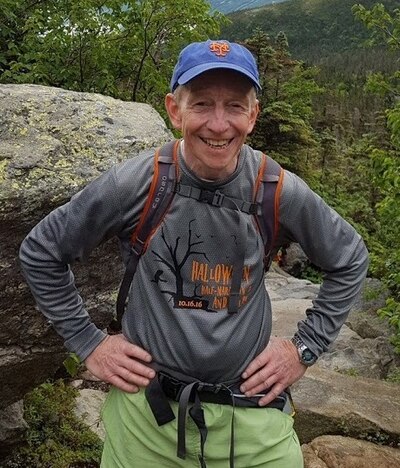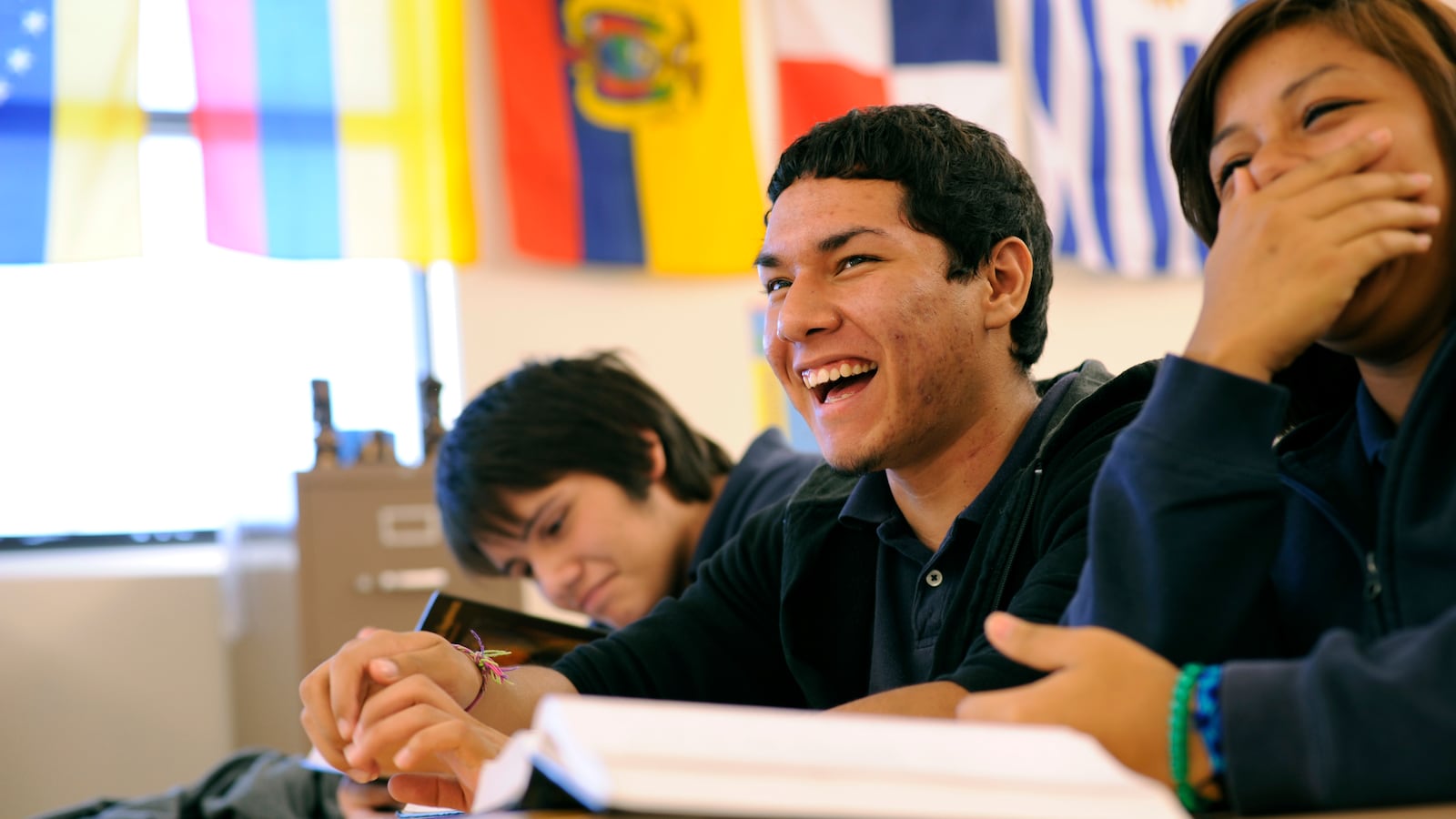“So, what did you learn?”
I had retired one month earlier from New Jersey’s Whippany Park High School 43 years after I’d arrived. Now my lunch companion, a wonderful friend and mentor who had retired over a decade ago, surprised me with the question.

Somehow two lines from a Robert Pinsky poem entitled “Jersey Rain” came immediately to mind. “Now near the end of the middle stretch of road/What have I learned? An art.”
“A craft,” I said.
I added other things, things that matter. I learned the basic goodness of most people. I learned resilience. But the two words that stick with me as I reconstruct this conversation were “a craft.”
Not an art; surely not a science. A craft. Which, in my case, is an interesting term since I am not by definition a craftsperson. I nearly failed woodshop in eighth grade, and I still get a little anxious about hanging a picture on a wall.
My friend never asked this follow-up question, however: So, what did I learn about the craft of teaching public high school social studies?
Here’s what I learned.
- I learned that I did my most consequential work when I combined being demanding with being kind. When grading a student’s essay, for example, I tried to lead with a commendation, even if I knew the student would be disappointed with their grade. Then, I used follow-up conferences to boost confidence while pressing skill development.
- I learned that students don’t get to laugh that much in school. I mean healthy, we’re-all-laughing-together laughter, not targeted, mocking laughter, and that part of my job was fostering the former while suppressing the latter. Sometimes funny hats or goofy songs from history helped.
- I learned to monitor my verbiage. My school ran an eight-period school day with no rotation in classes. Students heard teachers talking a lot between 8 a.m. and 3 p.m. at the same time each day. Sometimes my internal voice helped me by saying, “Shut up! You’ve already talked too much.”
- I learned that immersion is as important in social studies (and probably all other subjects) as in world language instruction. If I could convince the students that we were historians and if we could apply certain historical thinking skills to our work, we could bring lots of life and thought, even fun, into our study of the past — a study that most American teenagers are culturally equipped to reject.
- I learned that one way to get students arguing constructively was to place them in historical decision-making situations, make them imagine themselves as decision-makers in a given time, place, and (difficult) situation, and ask them to choose a path forward. Somehow, the personalization of teenagers endorsing, then defending, a chosen option often led to yeasty class discussions. For instance, I watched students wrangle over which of five options the Lenape of New Jersey should exercise when confronted with Dutch and English interlopers in the 17th century or over how an outgunned Jefferson administration should respond after a British ship attacked an American one in 1807.
- I learned that I had to break a 42-minute class into three or four segments, with at least one of these taking me off center stage.
- I learned that I enjoyed teaching when I didn’t have to worry about what we used to call discipline. (We now call this classroom management.)
- I learned that I didn’t have to worry about classroom management for most of the year if I ran a tight ship beginning on the first day of school. Sometimes September and October weren’t as fun as later in the year, by which time I could ease up and horse around as the undisputed person in charge.
- I learned that if I assigned multiple-paragraph essays, then I read and commented on them, returned them promptly, and coached students on some simple writing principles (thesis construction, thinking of topic sentences more as “argument sentences,” brevity’s relation to clarity, etc. ), it did not miss the attention of my students, who often thought I taught writing well. Even if I was not so sure. And even if I rarely regarded an ungraded pile of student essays with anticipatory joy.
- I learned to delight in the relationships I developed, with students, teaching colleagues, secretaries, custodians, building and grounds personnel, and administrators. Sometimes, in the dead of winter, a quick conversation could generate a smile or a laugh and remind me that I had it pretty good. That lifted me.
- I learned that my best friend during the pandemic teaching wasn’t any technology. It was internal; it was my own creativity, energy, imagination, and judgment.
When September comes, it will be the first time since 1961 that I will not be going to school. I imagine that will feel unusual. But I leave teaching grateful for having encountered so many really good people as I learned an important craft.
And that’s the other thing I surely learned, that the craft of teaching, good teaching, impassioned teaching, is beyond important, that it needs to happen if we’re to stand a chance at being the nation we hope to be.
Richard Schwartz taught social studies at Whippany Park High School in Whippany, New Jersey, from 1979 to 2022. He also served as a social studies department coordinator.



